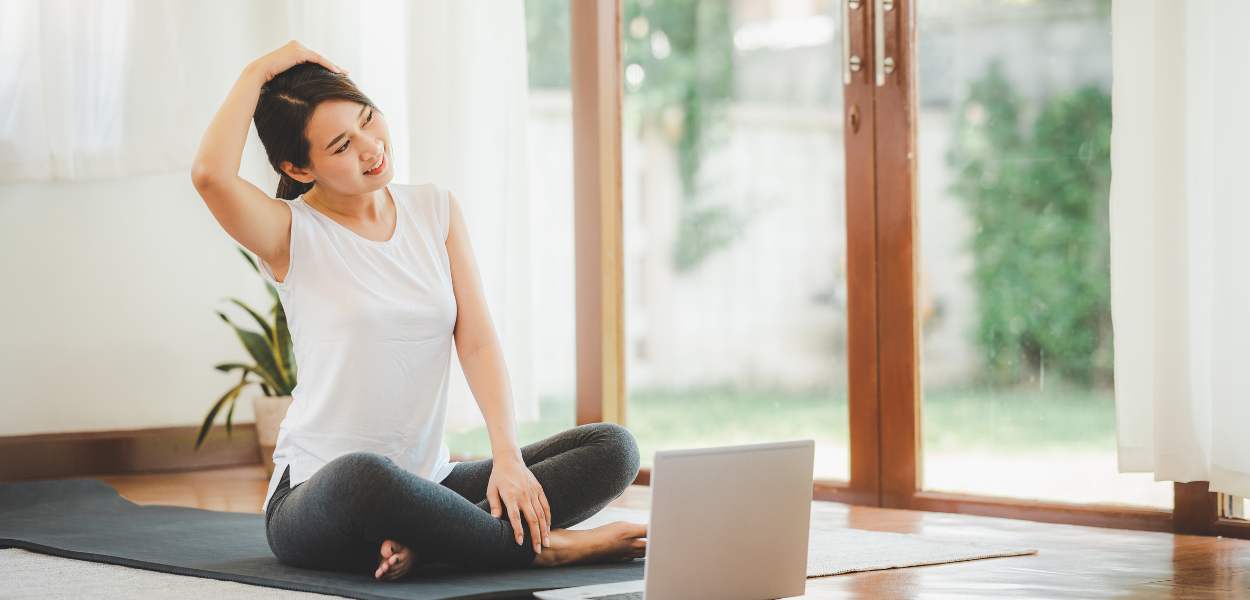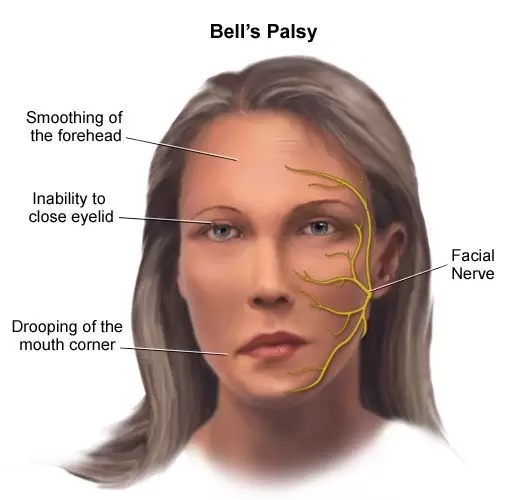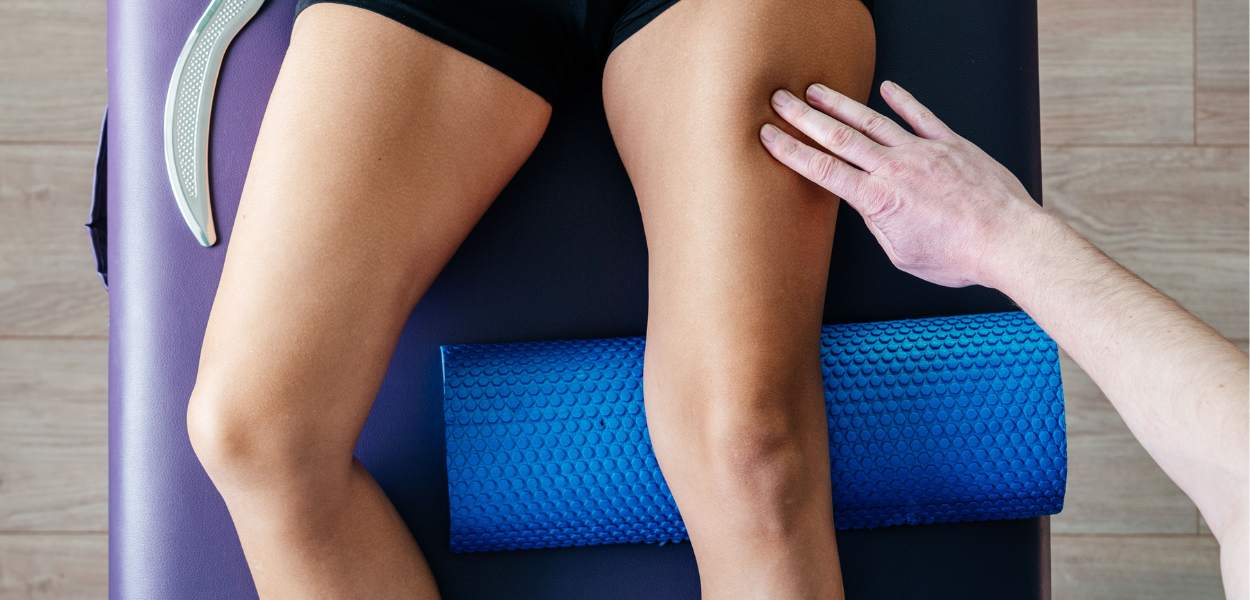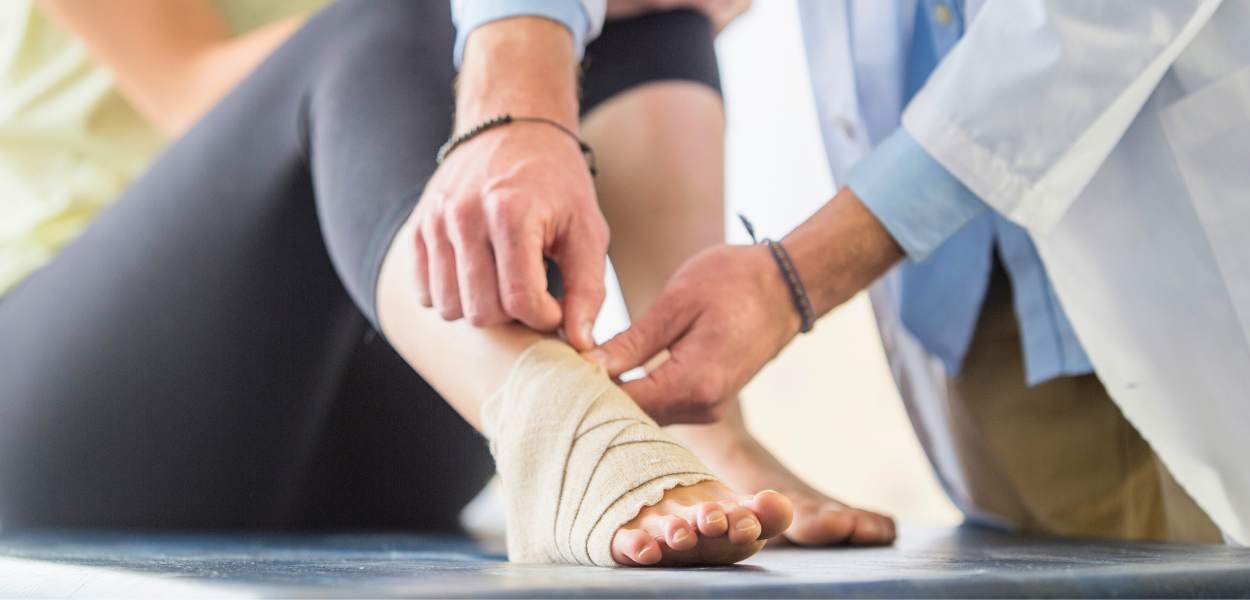The Best Exercises for Neck Pain

Neck pain is a common issue that can significantly impact our lives, whether you wake up with a stiff neck, or feel it during the day at work. Regardless of the cause of your neck discomfort, finding effective ways to manage and alleviate neck pain is crucial.
Luckily, exercise and stretching can help to relieve neck pain. In this article, our physiotherapist Lincoln shares his 5 top exercises to manage neck pain, providing you with practical tips to find relief and improve your neck's mobility.
Common Causes of Neck Pain
The most common underlying cause of neck pain that we see in our clients is poor posture. Prolonged poor posture, such as slouching or hunching over a desk, can strain the muscles and joints in the neck.
Muscle strain from rigorous exercise and activities like heavy lifting or sudden movements can also lead to discomfort.
Additionally, stress and tension can manifest as neck pain. Identifying the underlying cause of your neck pain is crucial in developing an effective exercise routine.
What Is "Poor Posture" Exactly?
Poor posture refers to the alignment and positioning of the body that deviates from its optimal or neutral alignment. In the context of neck pain, poor posture typically involves excessive forward head posture (also known as “forward head tilt" or “text neck") and rounded shoulders.
Here's how poor posture can contribute to neck pain:
It Increases Strain on Neck Muscles: when your head is consistently positioned in a forward position, the weight of your head increases, which places additional strain on the muscles at the back of your neck. These muscles have to work harder to support the weight and maintain stability, leading to muscle fatigue, tension, and pain.

Image courtesy of Dr K S Mane Spine Surgeon
Your Spinal Alignment Changes Over Time: poor posture disrupts the natural curvature of your cervical spine (neck region). Excessive forward head posture can flatten the natural curve of the neck, causing misalignment. This misalignment can place stress on the spinal discs, joints, and nerves, leading to discomfort and neck pain.
Muscle Imbalances: prolonged poor posture can lead to muscle imbalances in the neck and upper back region. The muscles at the front of the neck and chest may become tight and shortened, while the muscles at the back of the neck and upper back may weaken and lengthen. These imbalances can further contribute to pain and discomfort in the neck area.
Increased Load on Supporting Structures: poor posture can also affect the surrounding structures that support the neck, such as the ligaments, tendons, and connective tissues. When the head is positioned forward, it alters the distribution of forces on these structures, increasing the load and potentially causing strain and inflammation.
5 Exercises to Relieve Neck Pain
Firstly, please listen to your body and do not push yourself when trying each of the movements we share below. If the pain seems to get worse, please consult your physiotherapist.
Chin Tucks
Without moving the finger, pull the chin and head straight back until a good stretch is felt at the neck. The aim is to try to make a double chin.
Chin tucks trains the deep neck flexors, which counteracts forward head posture as a result of prolonged sitting. You can do this seated, standing or even lying.
Wall Angels
Wall angels are great if you sit most of the day, or if you do a lot of upper-body resistance training (chest, shoulders and back muscles). They’re typically performed with your back against a wall. The wall allows you to keep your spine neutral and your arms in position.
Stand with your feet about 15–20 cm away from the wall. Rest your butt, back, shoulders, and head against the wall.
Tuck your chin slightly, attempting to get the back of your head to touch the wall. If this is too difficult, you may place a small pillow behind your head
Reach your arms straight up and put them overhead, aiming to get the back of your hands to touch the wall in a “V” position.
Bend your elbows as you slide your hands down the wall until your hands are just above your shoulders. Lower only as much as you can while maintaining good posture without pain.
At the lowest point, hold for a count of 5 before returning to the “V” starting position while maintaining alignment.
Repeat for 5–10 reps, stopping if your muscles can no longer hold the postural alignment without pain.
Cat Cow
The cat cow stretch promotes flexibility, mobility, and relaxation in the neck and spine.
Start on your hands and knees, with your palms directly under your shoulders and your knees hip-width apart.
Inhale and gently drop your belly towards the floor, arching your back, lifting your chest, and looking up towards the ceiling.
Exhale and round your spine, tucking your chin towards your chest, and contracting your abdomen.
Repeat the sequence, flowing smoothly from cow to cat and back again. Coordinate your breath with the movement, inhaling as you move into cow, and exhaling as you move into cat.
Continue the movement for several repetitions, focusing on the gentle movement and the stretch in your neck and spine.
Traps 3 "I-Y-T"
This exercise trains all 3 parts of the trapezius muscle – helps bring the shoulder blade down and back to promote stronger neck stability and postural control.
Holding a pair of dumbbells, lift them directly forward to head height, forming an “I" shape, before bringing the weights back down.
Then bring the weight at a 45 degree angle forward, forming a “Y" shape, before bringing the weights down
Lastly, lift the weights at 90 degrees, forming a “T" shape.
Face Pulls
Face pulls address neck pain by strengthening the upper back (trapezius muscles), shoulders to minimise muscle imbalances that contribute to neck pain. By strengthening these muscles you can counteract poor posture, enhance stability in the neck region and promote proper alignment, all of which reduce neck pain.
Attach a resistance band or cable handle to a sturdy anchor point at chest height.
Stand facing the anchor point with your feet shoulder-width apart. Grasp the handle with an overhand grip, palms facing downward, and step back to create tension in the band or cable.
Position your arms straight out in front of you, shoulder-width apart, with a slight bend in your elbows.
Begin the movement by retracting your shoulder blades, pulling them back and together. As you retract your shoulder blades, pull the handle towards your face, aiming to bring it just outside of your forehead level.
Squeeze your shoulder blades together and maintain a strong posture as you reach the end of the movement. Slowly reverse the motion, extending your arms back to the starting position with control.
Repeat the exercise for the desired number of repetitions, focusing on maintaining proper form and feeling your upper back and shoulder muscles engage.
Posture Tips to Avoid Neck Pain
To manage neck pain associated with poor posture, it's important to be mindful of your posture throughout the day. Practice proper ergonomics, maintain a neutral spine alignment, and practice exercises that strengthen the neck and upper back muscles. Additionally, taking regular breaks from prolonged sitting or screen time and incorporating stretches and postural correction exercises can help alleviate neck pain caused by poor posture.
As a summary, please consider the following tips:
1. Sit and stand tall, keeping your shoulders relaxed and aligned with your ears.
2. Make ergonomic adjustments to your work and home environments. Ensure your desk, chair, and computer setup promote proper posture. We have a full guide on how to improve your workspace to prevent neck or low back pain.
3. Take regular breaks during prolonged sitting or desk work. Use these breaks to perform simple neck stretches and exercises.
4. Avoid cradling your phone between your neck and shoulder, as it can strain the muscles and lead to discomfort.
Additional Tips for Neck Pain Relief
In addition to exercises, there are other strategies you can try for neck pain relief:
Sleep and Pillow Support: Ensure you have a supportive pillow and consider your sleeping position. Optimal alignment of your head and neck during sleep can alleviate discomfort.
Stress Management Techniques: Stress may manifest as neck pain. Engage in stress-relieving activities such as meditation, deep breathing exercises, or engaging in hobbies that help you relax.
When Should You See a Physiotherapist for Neck Pain?
Neck pain usually gets better by itself within a few weeks. It’s a good idea to continue exercising even if you have neck pain as this can reduce the chances of it coming back. Resting too much could make the pain worse.
While the neck exercises and tips shared can provide relief, if you have any underlying neck conditions or injuries, please consult your healthcare professional or a qualified physiotherapist before trying these exercises. They can provide guidance tailored to your specific needs and ensure proper technique and safety.
Physiotherapy for Neck Pain at Prohealth Sports And Spinal Hong Kong
At Prohealth Sports & Spinal Physiotherapy Centres, our physiotherapists offer hands-on treatments for neck pain conditions as well as other musculoskeletal injuries that affect the muscles, bones, joints and movements of the body.
Our treatment plans are always personalised for each individual’s needs and situation. Working with a qualified and experienced physiotherapist, you will receive a detailed assessment to fully understand the root cause of your neck pain and identify areas requiring treatment.
From there, we develop a treatment plan to help with your pain and return to full function.
Contact Us Today
If you need any physiotherapy treatment or advice, we’re here to help! Contact us today to schedule an appointment with our physiotherapists.
Wellington Street Clinic:
Tel: (852) 2530 0073
WhatsApp: (852) 5542 0407
Jardine House Clinic:
Tel: (852) 2715 4577
WhatsApp: (852) 5422 3760
You may also book your appointment online through the link below:
For any enquiries, contact us at +852 2530 0073, or email appt@sportsandspinal.hk.




